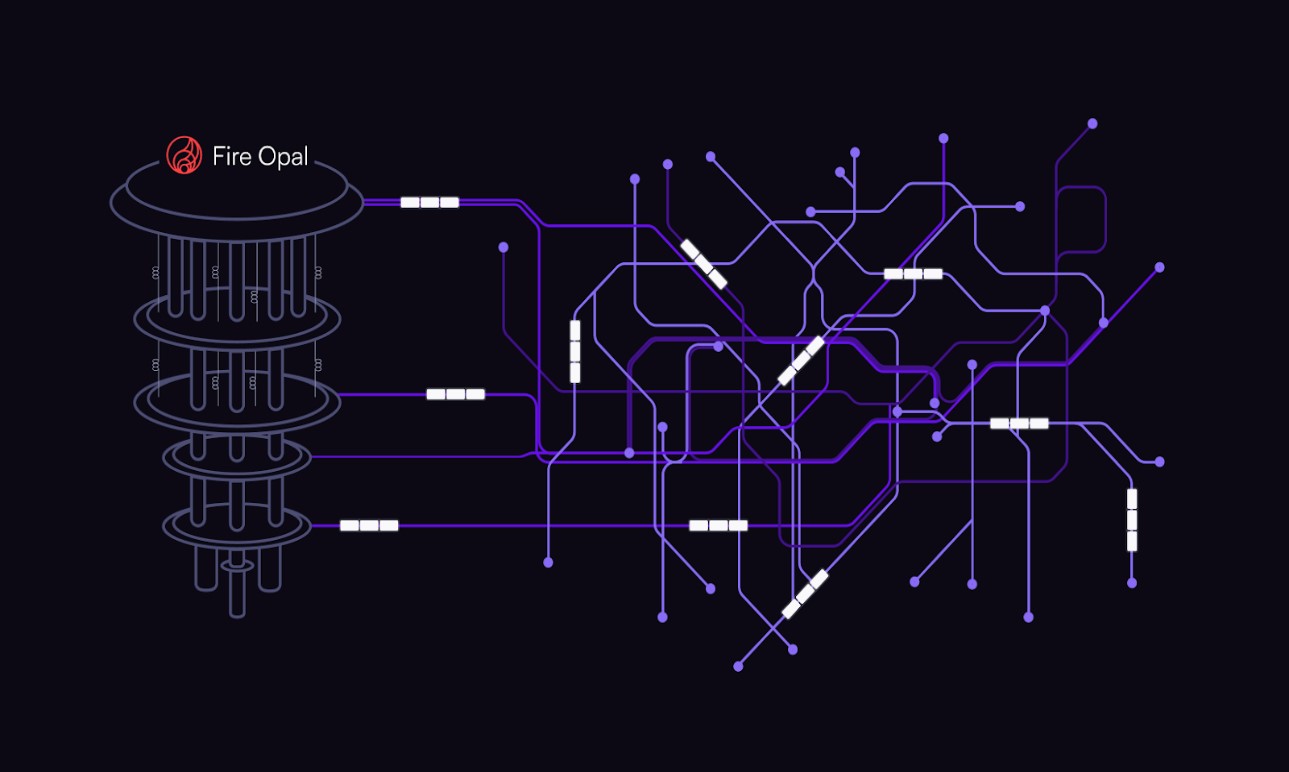Quantum Optimization Set to Transform Rail Scheduling by 2028
Q-CTRL, in partnership with Network Rail and the Department for Transport, has showcased the transformative potential of quantum optimization for rail scheduling, aiming for practical quantum advantage by 2028. By developing custom solvers and advanced error-suppression techniques, they have solved complex problems such as optimizing train routing for a major London rail hub—managing 26 trains over 18 minutes using 103 qubits—and creating larger-scale train timetables. These achievements surpass the capabilities of classical computing and existing quantum methods. This breakthrough not only paves the way for real-world applications in transportation but also expands Q-CTRL’s portfolio of quantum solutions across industries like logistics, defense, and aerospace.
The recent progress in quantum computing offers a promising approach to tackling complex logistical problems in the rail sector. Researchers reformulated train timetabling and station routing as combinatorial optimization challenges compatible with the Fire Opal solver, incorporating realistic operational constraints—setting this method apart from many traditional optimization techniques.

Figure 1. Quantum Optimization Set to Transform Rail Scheduling
The breakthrough centers on the Fire Opal solver, a powerful tool designed to handle the complex combinatorial problems typical of rail network optimization. By reformulating the scheduling and routing tasks into quantum-compatible models, researchers were able to explore an expansive solution space far beyond the reach of classical algorithms—enabling the identification of optimal or near-optimal solutions. This quantum advantage is especially valuable for navigating the growing complexity of modern rail systems, where rising passenger demand and the need for high-efficiency coordination present major challenges. Figure 1 shows Quantum Optimization Set to Transform Rail Scheduling by 2028.
A notable milestone was the successful optimization of a 26-train routing scenario using detailed station topology over an 18-minute window. This real-world test validated the approach and demonstrated its practical potential. The achievement has generated significant momentum within the rail industry, where operators are now actively exploring quantum computing for a variety of critical functions—such as capacity planning, rolling stock scheduling, and disruption management. As interest builds, this research marks a decisive step toward integrating quantum technologies into large-scale transport infrastructure planning.
The research team placed strong emphasis on minimizing the impact of hardware errors by incorporating robust algorithm design and targeted error mitigation strategies. Comparative testing confirmed the solver’s resilience to quantum noise, showcasing its ability to produce consistent, reliable results despite hardware imperfections. By addressing both algorithmic integrity and hardware reliability, the team ensured that the solutions were dependable and practical for real-world deployment.
A key strength of the project was its collaborative approach, uniting quantum computing experts with professionals from Network Rail and the Department for Transport. This cross-disciplinary partnership ensured the research addressed real-world operational challenges, resulting in solutions that are not only theoretically sound but also highly applicable within the rail industry. The collaboration transformed the project from a research initiative into a working prototype with immediate industry relevance.
The creation of a productized solver marks a pivotal milestone in bringing quantum optimization to practical use. By streamlining the deployment of quantum solutions, the solver empowers rail planners and operators to easily integrate advanced scheduling capabilities into their workflows. With momentum building, the project’s timeline has accelerated, bringing the vision of quantum-enhanced rail optimization closer to reality—potentially achieving practical quantum advantage sooner than expected.
The successful implementation of this quantum optimization methodology highlights its versatility beyond the rail sector, demonstrating strong potential for solving complex logistical challenges across multiple industries. Similar applications have already shown promise in transport optimization for Transport for New South Wales, route planning for the Australian Army, and logistics management for Airbus. These successes position the approach as a compelling example of how quantum computing can deliver practical solutions to real-world problems.
Beyond its immediate achievements, the project is also contributing to a growing ecosystem of quantum innovation. By openly sharing results with the scientific community, the research team is helping to accelerate the broader advancement of quantum technologies and inspire new avenues of exploration.
Looking ahead, the team is focused on scaling the methodology to tackle even more sophisticated rail network challenges, such as dynamic scheduling and real-time disruption response [1]. The integration of advanced machine learning techniques and exploration of next-generation quantum algorithms are expected to further improve performance and adaptability. Ultimately, by leveraging quantum computing, rail operators stand to achieve greater efficiency, resilience, and sustainability in their operations.
References:
- https://quantumzeitgeist.com/quantum-optimization-poised-to-revolutionize-rail-scheduling-by-2028/
Cite this article:
Janani R (2025), Quantum Optimization Set to Transform Rail Scheduling by 2028, AnaTechMaz, pp.259















